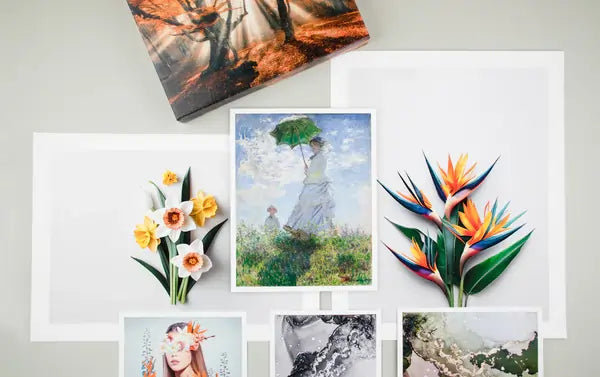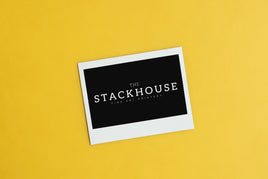TL;DR: Pricing your art prints correctly requires understanding your costs, knowing your market, and adjusting as you grow. Follow these five steps to set fair, profitable prices that reflect your value and attract collectors.
Why Pricing Art Prints Matters
Determining how to price your art prints can be one of the toughest parts of being an artist. The right pricing strategy helps you earn a sustainable profit while keeping your work accessible to buyers. Whether you sell online, in galleries, or at art fairs, pricing impacts both perception and sales success.
1. Understand Your Costs
The foundation of any good pricing strategy is knowing your expenses. Add up the cost of materials like paper, ink, packaging, and shipping, along with your time and labor. If you offer professional reproductions, factor in your printing costs for giclée fine art prints or photo prints. Once you know your break-even point, you can decide on a reasonable markup that covers your effort and builds profit.
For help identifying cost components, read our guide on why artists reproduce their artwork.
2. Research the Market
Before setting prices, study artists who create similar work. Compare subjects, styles, and sizes to understand the price ranges for your niche. Browse online shops, local galleries, and art fairs to see how others position their prints. This insight helps you price competitively while maintaining a consistent value for your art.
If you plan to sell online, review our article on selling photography prints for tips on audience building and pricing presentation.
3. Factor in Reputation and Experience
Your experience level directly affects what buyers are willing to pay. Emerging artists may start with approachable pricing to attract new collectors, while established artists can charge more for their growing brand and recognition. Over time, as your audience and sales expand, gradually raise prices to reflect your increased demand and credibility.
4. Assess Edition Size and Exclusivity
Limited edition prints are often more valuable than open editions because of their rarity. Smaller editions create scarcity, which can justify higher prices. Clearly number and sign limited editions to emphasize exclusivity. Open edition prints, on the other hand, can be priced more accessibly to reach a wider audience. Offering both types can balance profit potential and customer reach.
Learn more about creating limited editions in our guide to art reproduction techniques.
5. Reevaluate Regularly
The art market changes constantly, and so should your pricing. Revisit your pricing structure every few months to account for increased demand, material costs, or professional growth. Staying flexible ensures that your art remains both profitable and competitive. As your skills, reputation, and collector base grow, your prices should evolve accordingly.
Pricing Prints for Profit
Pricing art is not a one-time decision — it is an ongoing process that balances creative value, material costs, and market conditions. By understanding your expenses, researching comparable artists, considering your experience, and adjusting over time, you can set fair prices that sustain your career while rewarding your talent.
Ready to start selling professionally? Partner with The Stackhouse Printery for archival-quality printing. Explore our Giclée Fine Art Prints and Order Page to bring your artwork to market with museum-grade quality.









